It goes without saying that a refrigerator full of frozen food is an annoying issue. Everyone knows that refrigerators keep food cold and fresh, but not to the point of freezing it, right? That’s the role of the freezer compartment.
So why does everything in the refrigerator freeze? This article will explore six reasons why your refrigerator is freezing everything and how to address each issue.
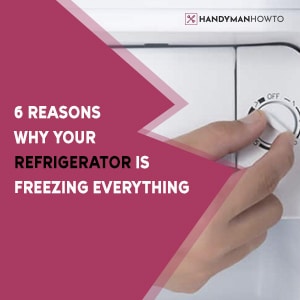
From a malfunctioning thermostat to dirty condenser coils, we will break down the common causes behind this problem and provide practical solutions to ensure your refrigerator functions correctly, keeping your food fresh and at the right temperature.
Top Warning Signs of a Freezing Refrigerator
There are five signs that your refrigerator is malfunctioning and freezing everything inside, including:
- The food is rock solid or has ice crystals on it
- The glass bottles or jars are cracking or breaking inside the fridge
- There’s a buildup of ice inside the fridge
- Unusual noises coming from the inside of the refrigerator, such as hissing or gurgling
- High energy bills since the fridge is working harder than it needs to maintain a colder temperature
If you notice any of these signs, it’s essential that you address the problem ASAP. We’ll help you out.
6 Reasons Why Your Refrigerator Is Freezing Everything
Refrigerators are a necessity for every home. However, they sometimes malfunction, and instead of keeping the food and drink cool and fresh, they freeze everything within. Here are six reasons your refrigerator is freezing your food, along with solutions for each one.
The Thermostat Is Malfunctioning

A broken thermostat is one of the most common reasons everything in a refrigerator freezes. The thermostat maintains the temperature inside the fridge and ensures it stays within a predetermined range. If the thermostat malfunctions, the refrigerator may get colder than it should and freeze the interior.
The Food and Drug Administration (FDA) advises keeping refrigerators at a temperature of 40°F (4°C) or lower. To test whether the thermostat is the problem, adjust the temperature within the recommended range and give the fridge time to cool .
Place a thermometer inside the fridge and check whether the fridge will reach the recommended temperature. If the thermometer shows a temperature lower than 40°F (4°C), the thermostat is defective, and you need to replace it.
The Door Gasket Is Damaged
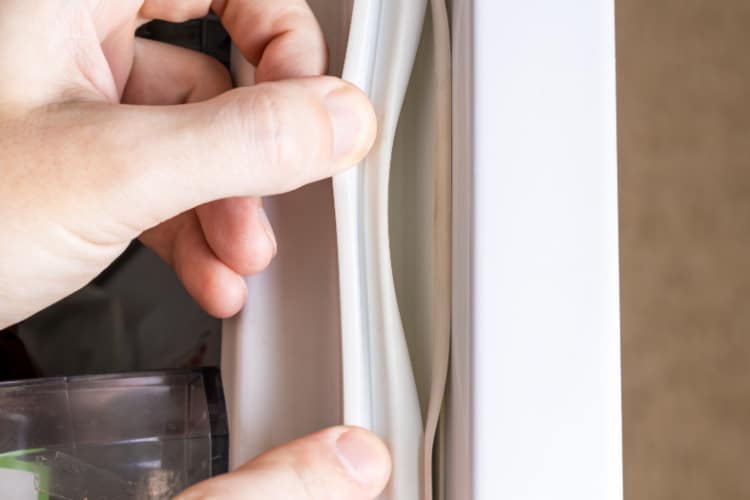
A faulty door gasket could also cause the fridge to freeze everything. The door gasket is a seal made of rubber that wraps around the edge of the fridge door and keeps cold air within.
A damaged gasket will allow warm air to enter the fridge’s interior. As a result, the refrigerator’s compressor will work harder to maintain the proper temperature. Unfortunately, that extra workload sometimes makes the fridge cool down more than necessary, causing everything within to freeze.
You can visually inspect the gasket for signs of wear. You can also do a simple test by placing a dollar bill between the seal and the fridge and closing the door. If you have no trouble pulling out the bill, the gasket is not sealing adequately.
The Air Vents Are Blocked
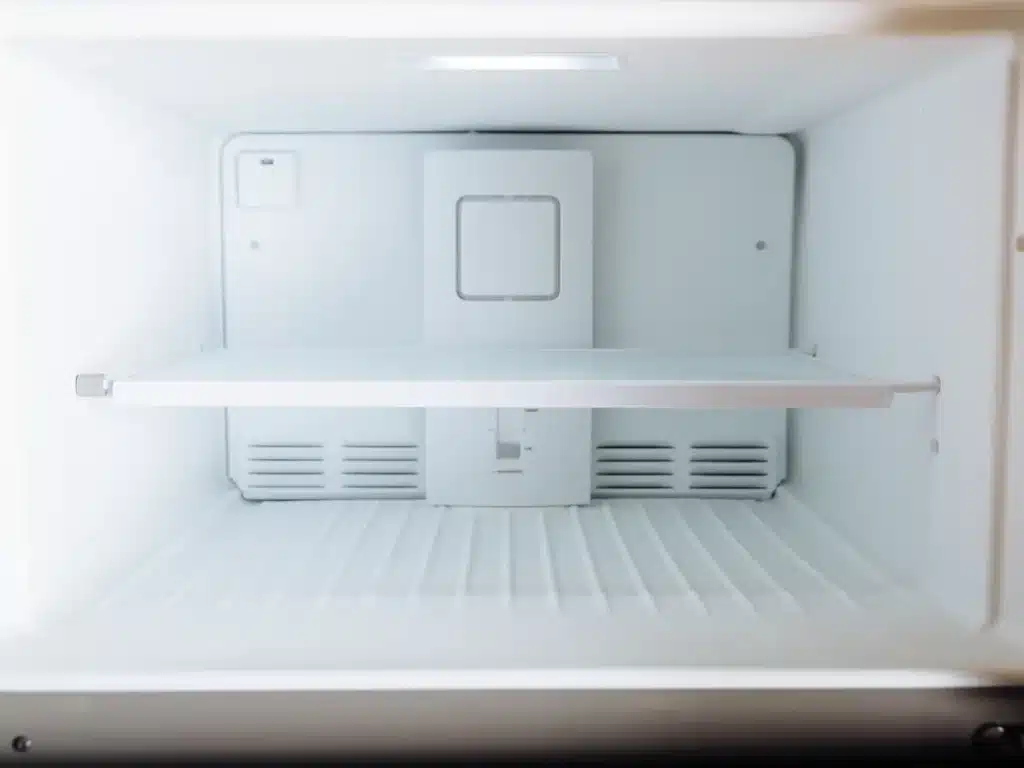
The air vents are in charge of circulating cold air throughout the refrigerator. If they’re clogged, the cold air won’t be able to distribute correctly, causing a buildup of cold air and, eventually, freezing everything inside.
To check if the air vents are blocked, you can visually inspect them and remove any obstructions, such as food or debris. If you find that the air vents are blocked, clean the air vents with a vacuum cleaner and remove any obstacles made by food, bottles, or containers.
The Defrost System Is Faulty
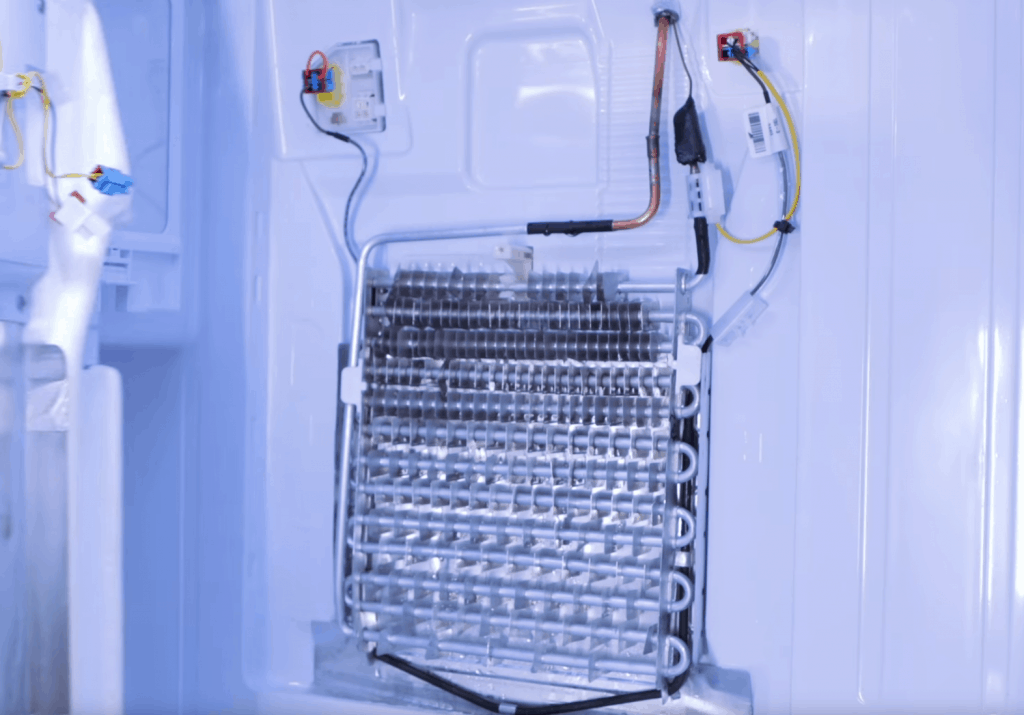
The defrost system is designed to prevent ice buildup inside the refrigerator, allowing cold air to circulate efficiently. However, if the defrost system crashes, ice will gradually accumulate, clogging the air vents and causing the fridge to become too cold.
There are a few signs that the defrost system may be faulty, including ice buildup inside the fridge or freezer, water leakage, or unusual noises from the appliance. If you notice any of these signs, it’s essential to address the issue promptly to prevent further damage to your device.
The Condenser Coils Are Dirty
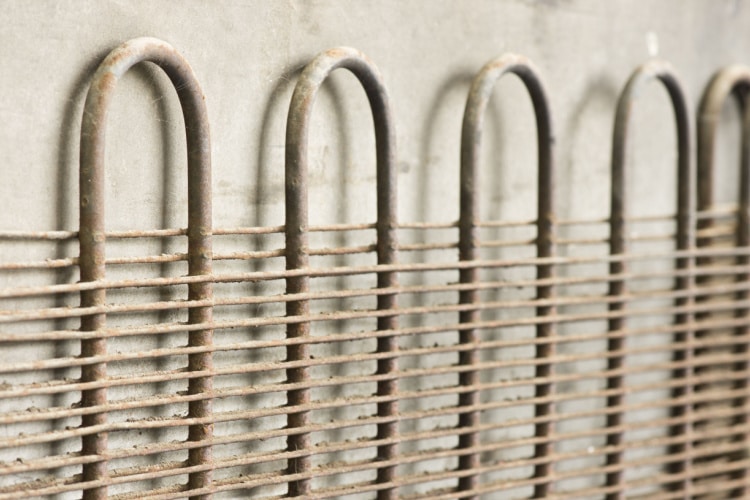
A dirty condenser coil could also be the culprit behind your freezing issue. The condenser coils on the back or bottom of the refrigerator discharge heat from the appliance. When the coils become unclean or blocked with dust or debris, they cannot adequately release heat, making the fridge extremely cold and freezing everything inside.
Clean the condenser coils regularly to avoid this issue. Ideally, you should clean them every six months, using a vacuum cleaner to clear any dust or debris.
Positioning the fridge away from the wall is also critical, as it allows for optimum air circulation and heat dissipation.
The Refrigerator’s Temperature Is Incorrect
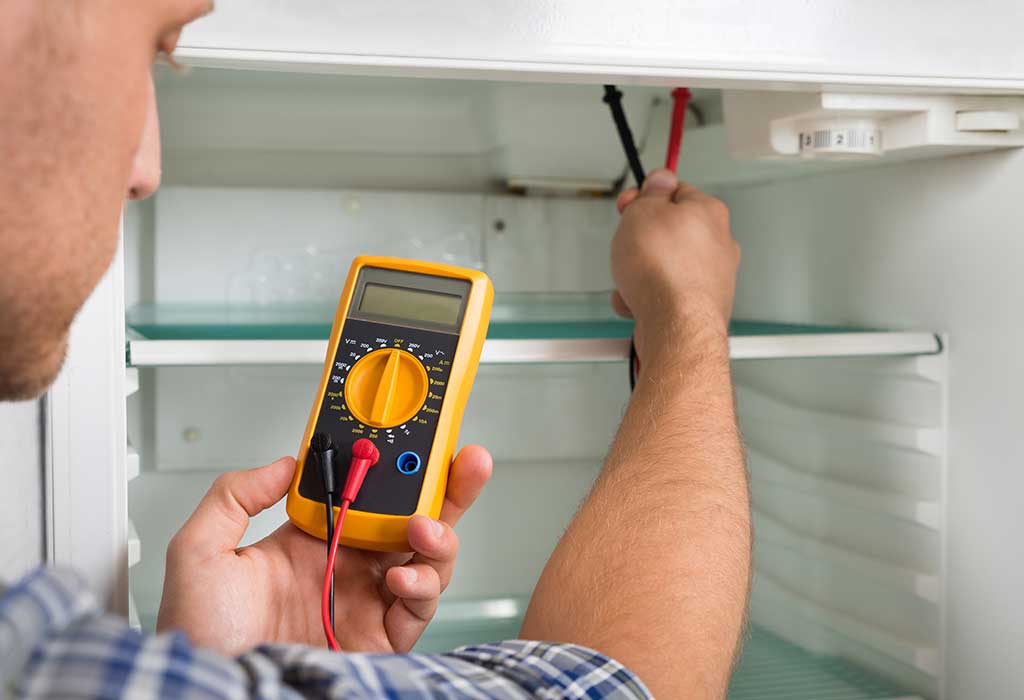
An incorrect temperature set up could also be why your refrigerator is freezing everything. The ideal temperature for a fridge is 40°F (4°C), as we already discussed. So if the temperature setting is too low, the fridge will become too cold, and the food inside will freeze.
Use a thermometer to measure the temperature and make any necessary adjustments. While some refrigerators feature a digital display, others have a dial or button to change the temperature. Follow manufacturer instructions to make sure the temperature is set correctly.
Conclusion
A fridge that freezes everything inside can be an irritating and expensive issue. Several things may contribute to this problem, including a broken thermostat, harmed door gaskets, blocked air vents, dirty condenser coils, a broken defrost system, or wrong temperature settings.
You can avoid many of these problems with correct usage and placement of the fridge, as well as regular maintenance and cleaning. Dirty condenser coils, clogged air vents, or wrong temperature settings are a few of the issues that are simple to fix. Other problems, however, require replacing the malfunctioning compartments, such as faulty door gaskets and broken thermostats or defrost systems.
If you haven’t been able to fix things on your own, it’s time to contact a professional to identify and fix the underlying issue. By taking immediate action, you’re preventing additional damage to your appliance.